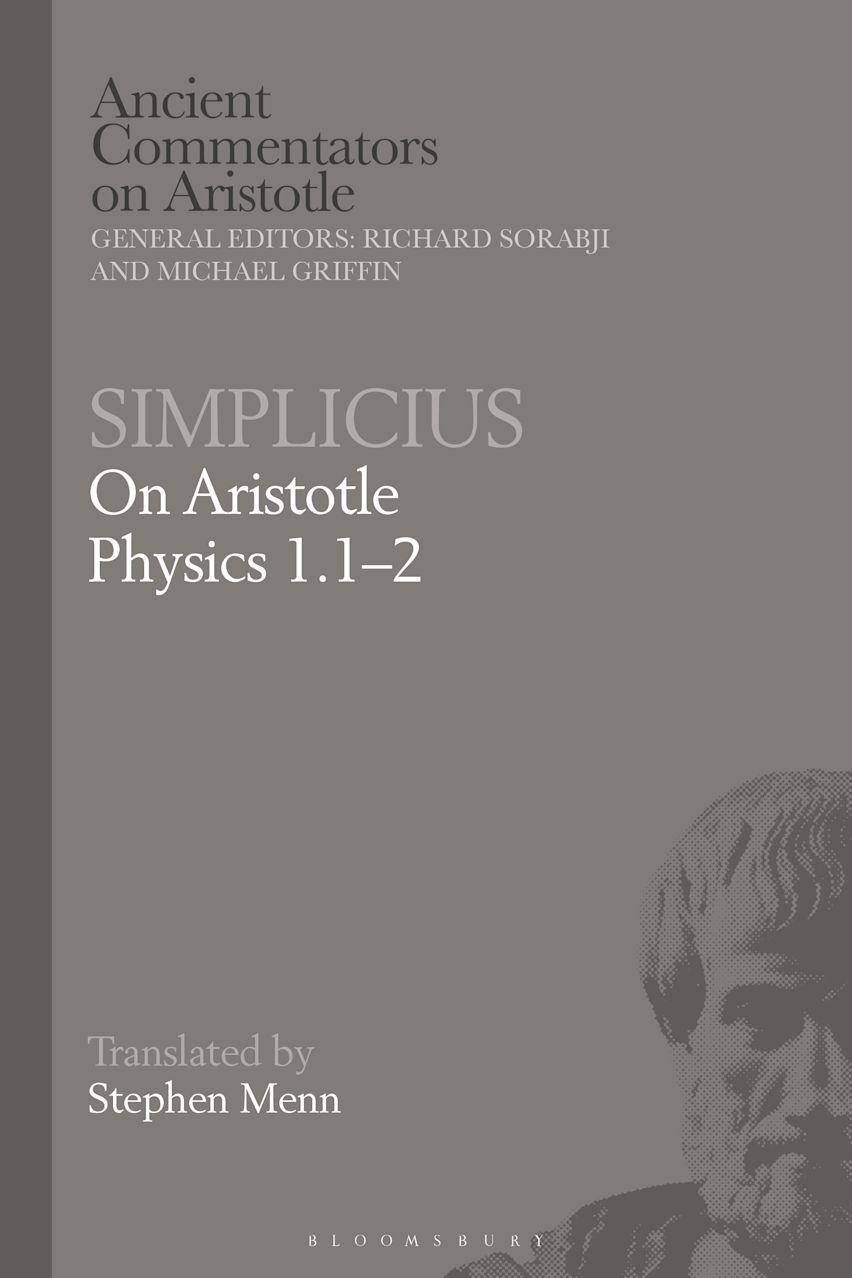
## **Guidobaldo dal Monte (1545-1607): A Scholar’s Significant Impact on Galileo and Mechanics**
Guidobaldo dal Monte, a prominent scholar of the sixteenth century, embodies the renaissance fusion of science, mathematics, and art that underpinned the European Enlightenment. Hailing from a distinguished military lineage in Pesaro within the Duchy of Urbino, dal Monte immersed himself in mathematics under the tutelage of the Renaissance polymath Federico Commandino. His life and contributions greatly influenced the domains of statics, mechanics, geometry, and optics, leaving a lasting legacy in mathematics while significantly impacting Galileo Galilei.
### **Early Life: A Birth in Arts and Sciences**
Guidobaldo was born in 1545 into a noble and intellectual family in the culturally vibrant region of Urbino, renowned for its support of the arts and sciences. His father, Ranieri, was esteemed for his military acumen and contributions to military architecture. This connection to strategic thought and discipline reemerged in dal Monte’s works, as he ultimately united military engineering, art, and scholarly inquiry. The dal Monte family boasted a historical legacy that supported influential thinkers, artists, and scientists, such as Piero della Francesca and Francesco di Giorgio Martini. Guidobaldo’s formative exposure to these creative disciplines would later shape his significant contributions to mechanical equilibrium, perspective, and astronomy.
### **Formal Education: University of Padua and Military Career**
In 1564, Guidobaldo pursued mathematics at the University of Padua, a prestigious educational institution of the era. Here, he engaged with the mathematical opus of antiquity—many of which had vanished from the Western intellectual landscape following the fall of the Roman Empire—immersing himself in the intellectual tradition of Classical Greek mathematics and mechanics.
Following his academic journey, dal Monte embraced the family tradition by initially becoming a soldier. He participated in the conflicts between the Habsburg Empire and the Ottoman Empire in Hungary, gathering practical experiences that would later inform his insights into military technologies and mechanics. His military service also exposed him to real-world challenges involving force, equilibrium, and machinery, significantly shaping his future contributions to statics and mechanics.
### **Scholarly Contributions: Reviving Ancient Insights**
Upon retiring from military service, dal Monte reverted to his roots in mathematics and mechanical engineering, aspiring to combine classical knowledge with Renaissance innovations. He notably studied under Federico Commandino, another esteemed mathematician of the era who made strides in reviving ancient texts on mathematics and mechanics. Commandino focused on recovering and translating works from ancient Greek thinkers like Euclid, Archimedes, and Pappus of Alexandria. This classical heritage was pivotal to dal Monte’s expanding comprehension of mechanics: he adopted ancient principles while aiming to advance them for practical use.
In 1588, Guidobaldo published **”Mathematical Collection,”** an unfinished project posthumously credited to Commandino, which demonstrated his dedication to completing and enhancing the classical Greek foundations of mathematics. These endeavors illustrated his exceptional ability to merge classical traditions with contemporary Renaissance exploration, establishing him as one of the foremost scholars of his time.
### **An In-Depth Exploration of Mechanics and Statics**
Dal Monte’s most revolutionary work, **”Mechanicorum liber”** (1577), serves as a thorough treatise on statics, systematically addressing the six simple machines of antiquity: the lever, balance, pulley, inclined plane, wedge, and screw. It formalized and expanded upon the earlier pseudo-Aristotelian **”Questiones Mechanicae,”** a widely circulated and studied work among Renaissance engineers, mathematicians, and architects.
**Statics**, as characterized by dal Monte, primarily concerns systems in equilibrium, where forces and torques counterbalance one another, resulting in machines that either maintain a state of rest or move uniformly without acceleration. His work investigated the tension between theoretical constructs—complex machines reduced to simplified geometric representations—and their practical applications in reality. His approach was methodical, aligned with the logical structure of **Euclid’s “Elements,”** and deeply inspired by Archimedean principles of leverage and equilibrium.
In contrast to the basic question-and-answer format utilized in the **”Questiones Mechanicae,”** dal Monte adopted a rigorous and mathematical perspective on mechanics in **”Mechanicorum liber.”** He offered definitions, postulates, propositions, and theories in geometrically precise terms, drawing insights from both Pappus and, by extension, Archimedes. Dal Monte asserted that any abstract mechanistic theory ought to directly inform the design and practical application of machines.
Dal Monte’s **”Perspectivae Libri Sex”** (1600) stands as another of his substantial intellectual achievements. This work delivered a geometrically comprehensive examination of linear perspective, building upon the insights of earlier painters and mathematicians.